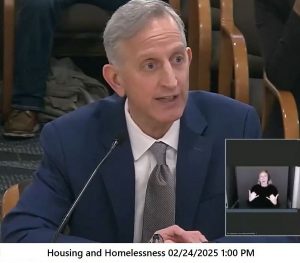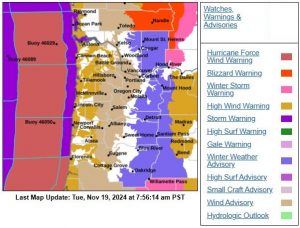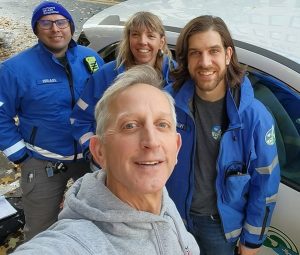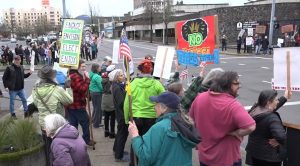Murmuration inspires group consensus solution
5 min read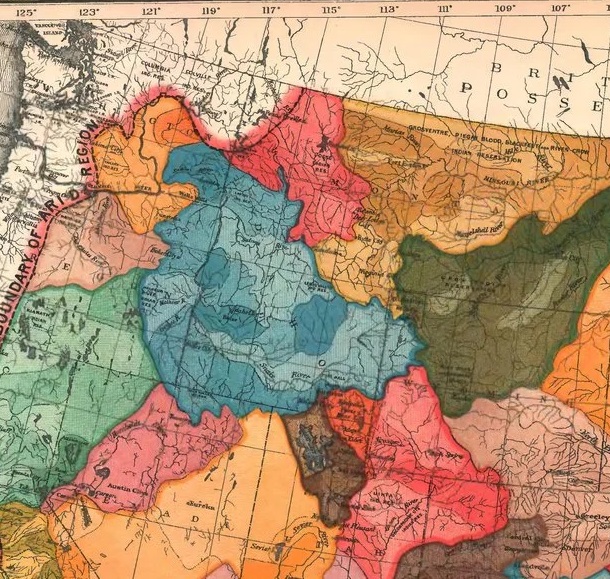
John Q: This is John Quetzalcoatl Murray for Whole Community News. Our local 501(c)(3) nonprofit, The Corporation for Public Community Newspapers, selects or renews special projects each year. Some of our current projects include:
- Journo Duty where registered voters are summoned to be community journalists for a day.
- News of the Future, where we cover local news through the lens of the big earthquake for a city where electric and gas, water and sewer and transportation infrastructure get disrupted.
- Whole Community News, a free hyperlocal news service for a neighborhood newspaper vendor program— for residents in our transitional housing communities. In partnership with KEPW, we cover many local public meetings that other news organizations lack the resources to cover.
[00:00:53] As community journalists, we are also always solution journalists looking for ways to incrementally improve small-d democratic governance. And this particular story is about promoting civil discourse.
[00:01:06] During the past few years of increasing polarization and violence, we’ve seen how difficult it is to talk about COVID, police brutality, the war in Ukraine. So this story is about an organization that imploded during the pandemic and called for mediation help.
[00:01:25] The 1-2-3 Consensus process was all based on complex adaptive systems. And one of the examples was this murmuration of birds.
[00:01:36] “One of the simplest adaptive systems is a flock of birds. We have all watched in amazement, the graceful and coordinated movements of a flock of birds. Yet there is no bird-in-chief directing the action. There is no script distributed to each bird prescribing the actions of the flock. All the flight decisions must follow the simple rules… Complex behavior arises out of simple rules. —Wendell Jones.
[00:02:05] So we look to some working examples, one of the oldest continuous participatory democracies in the world, and an influence on the U.S. Constitution. And if you just look at the structure of it, there are three different groups: A group that launches the proposal, a responding group, and the synthesizing / mediating groups.
[00:02:32] This is one of the rules. The agents, the individual birds in the flock will go to one of these three groups. On any issue, you identify which group you want to participate in, and here’s how it works.
[00:02:44] First group comes up with an idea, the responding group responds to that idea, and then the third mediating group: “when the case is right and properly decided, the third group shall confirm the decision of the two parties.” The third group looks at what the two said, this is an idea of reviewing the constitutionality of a matter.
[00:03:07] And if they differ, it tries to come up with ways they can come together. The third group, they can recommend something. Goes back to the first group, the first group says, ‘You know what? You’re right.’ Responding group says, ‘You know what? Those mediating group, we agree with them.’ Everybody’s in agreement.
[00:03:25] If something isn’t agreed upon, it’s in Round 2, and based on what they do, we’re either complete or no consensus. Very simple rules.
[00:03:35] This is an example item. And it’s called ‘Support a Portland playwright,” a one-man play about Thomas Paine, and the author is from Portland and wants different organizations to support the showing of this play. And he had a link to an online sort of video performance. So if you want to look at the content before you decide, you can go to this site and check it out, see what the play is all about.
[00:04:07] You start a new item and you’re saying, ‘Hey, I want to do this thing. Who’s with me? Who’s against me? Who wants to be an observer and reflective on this one?’ So it starts out in this ‘Call for group members.’
[00:04:21] You can say whether group membership will be restricted by identity. So you create a safe space for discussion or you know, somebody’s going to try to block, and rather than have people just block it at this phase, they’ll get their chance downstream in the Responder group to have their say or in the Mediation group. So, these (Initiating) groups can be limited by identity, by ideology.
[00:04:46] We can scale this for a much larger organization. We can scale it from the bottom up using an idea from John Wesley Powell, basing administrative boundaries on watersheds. So you can have a watershed-based scheme.
[00:05:03] Eugene -Springfield area, my area here in upper Amazon Creek is part of the Long Tom, part of the upper Willamette, inside the Willamette, inside these greater Pacific Northwest watersheds. And there’s rules: Once the lowest level group approves something, automatically moving it to the next level up, etc. Leapfrogging for urgent matters. So that’s one way you can go bottom-up.
[00:05:27] Another way to do it is, you have the whole organization present, all there at once, and you try to reach consensus. You split into your three groups. Within the three groups if you have divisions, you can recursively subdivide.
[00:05:42] Let’s say the responding group can’t come to a consensus, take that group and divide it in into three groups. And this idea of recursion, making smaller groups and using the same structure and the same rules, also comes from the Great Law of Peace.
[00:05:59] You can click on a link and get a form. It says, I want to start an action, a request, a proposal. I’m initiating something and this is what it’s going to be: ‘Thank you, your responses have been mailed to you.’ Now that we’ve created that, we can look at it online and see we have a new item here.
[00:06:20] And in the end, we’ll end up with an explicit yes or no from the Responding group. So it’s a mechanical process, a way to have these discussions and not get bogged down in things that we are not going to reach consensus on, but at the same time, allow people to explain their position, use reason, and continue the discussion.
[00:06:46] We have some automated tools that will support it. This is John Quetzalcoatl Murray. For links to the site to try it out, see Whole Community News.
